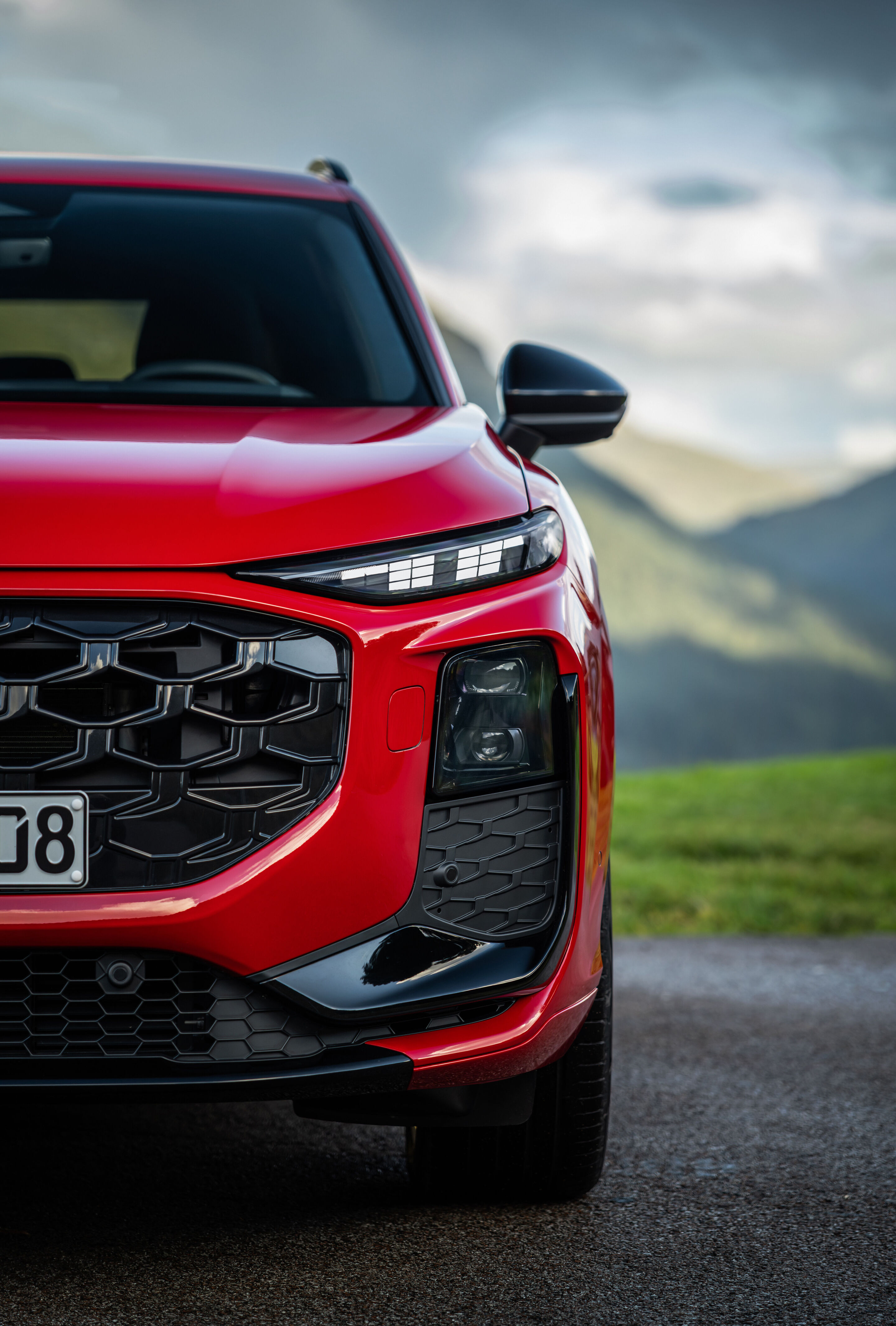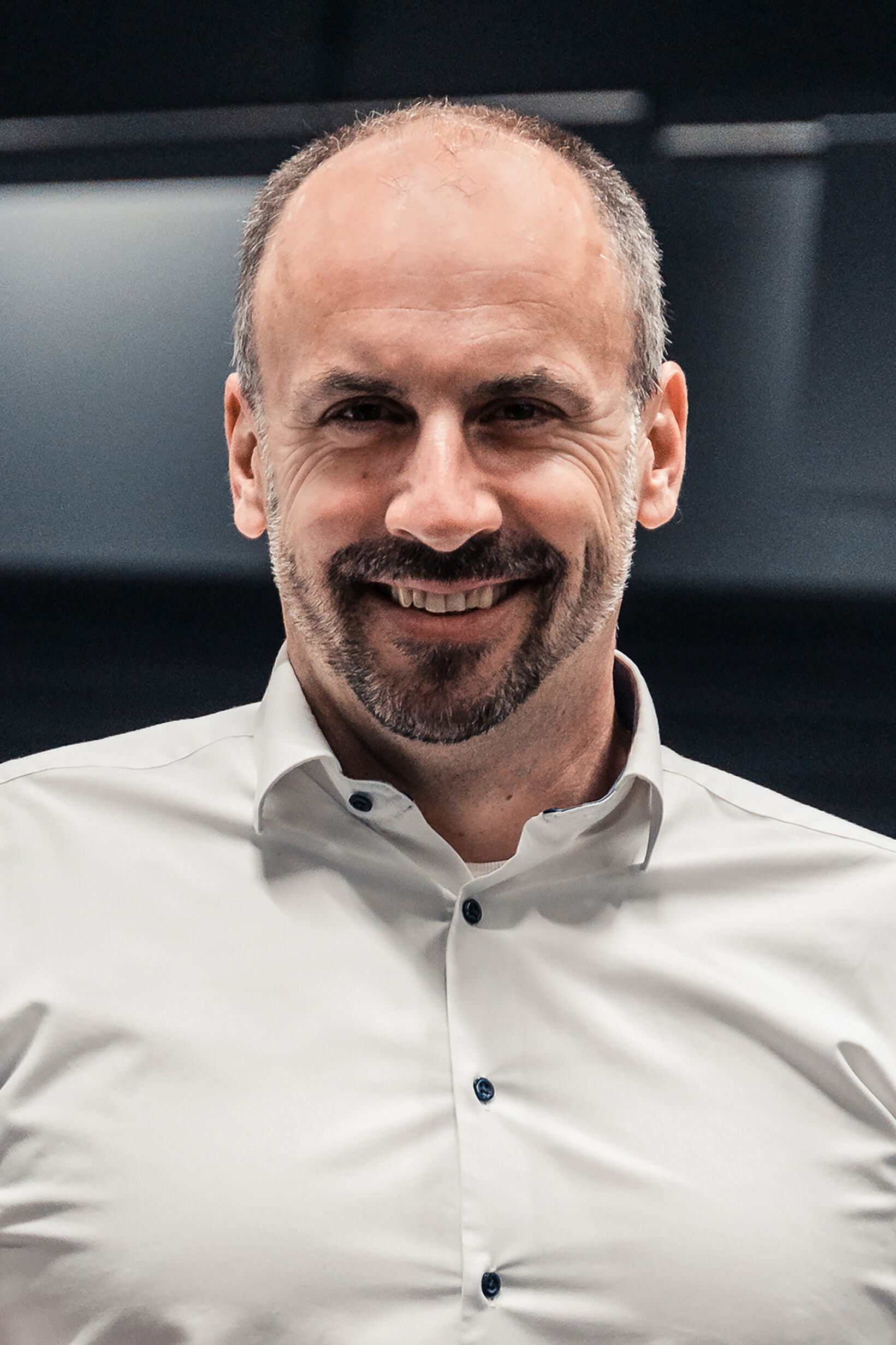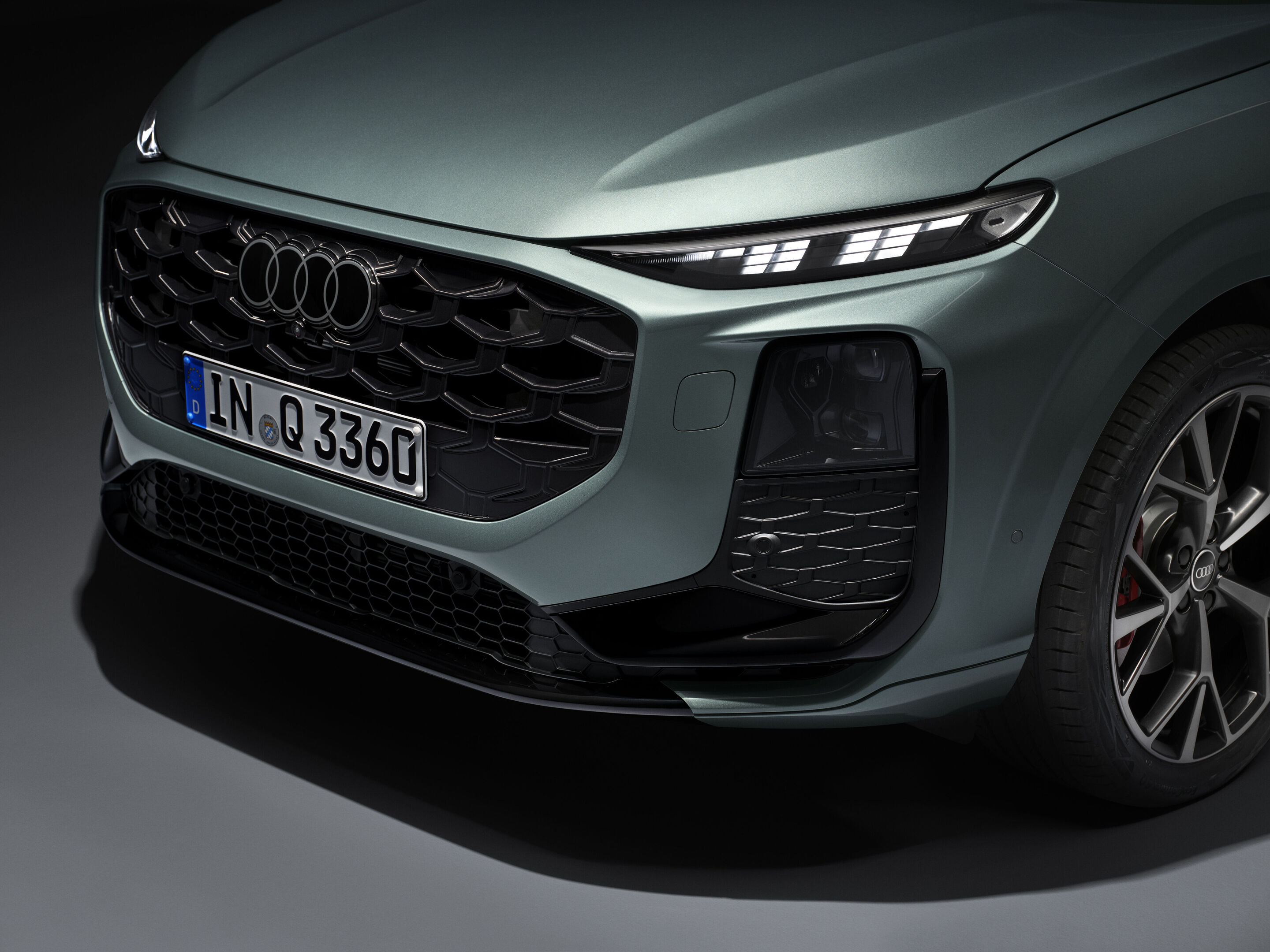“Digital lighting provides added safety”
Michael Kruppa, Head of Front Lighting Development, has been responsible for various areas of development at Audi for more than ten years. Together with his development team, he plays a key role in ensuring that an Audi provides the best possible road safety even in poor visibility and darkness. In this interview, he explains what makes good headlights – and what sets the new Audi Q3 apart from the competition when it comes to lighting.
Mr. Kruppa, why are good headlights so important?
Michael Kruppa: The rapid onset of darkness and poorer weather conditions, especially now in the fall and winter, pose a greater risk in traffic. On the one hand, as a driver, I want to illuminate the area I’m driving into as well as possible so that I feel safe. On the other hand, it is very important that other road users see me in time. Often, just a few seconds make a crucial difference in avoiding a dangerous situation. Seeing and being seen is the be-all and end-all in road traffic. Good lighting is not just about comfort – it provides a significant boost in safety. It also creates recognition value. At Audi, customers have numerous options to personalize their lighting. Several different digital light signatures, along with matching coming home/leaving home lighting scenarios, can be selected in the MMI.
What characterizes intelligent lighting at Audi?
Michael Kruppa: Intelligent lighting actively adapts to the driving situation and provides added safety for all road users. The lighting we develop at Audi is designed to prevent glare. Our matrix LED headlights detect vehicles ahead and oncoming traffic and automatically block out light that would blind them. The driver therefore no longer has to operate the high beams manually. This ensures that you always have enough light in front of you, can stay focused for longer, and drive more safely as a result. The most innovative lighting development we currently use in front lighting at Audi are the digital matrix LED headlights. They have numerous adaptive lighting functions and can project light images directly onto the road – it’s intelligent and inspiring at the same time.
What are the technical foundations for good lighting?
Michael Kruppa: The basic requirement is that the light works reliably. When I switch it on, it must be there immediately. Beyond that, we can now influence many parameters, such as brightness and color. There have recently been major advances in LED technology. Our development activities over the past four or five years have led us to start digitalizing lighting technologies, such as LED technology. At the same time, we are continually optimizing other aspects.
Our digital matrix LED headlights with micro-LED technology are particularly impressive due to their smaller installation space, lower weight, and higher efficiency. They also have greater luminosity with better contrast, which means they perform better in difficult visibility conditions.
The micro-LED technology you just mentioned is being used for the first time in the new Audi Q3. How does it work?
Michael Kruppa: The topic of light digitalization, which we just discussed, plays a central role here. We have developed a light source in such a way that we can almost use it like a video projector. The micro-LED module, which is approximately 13 millimeters wide, has a chip with 25,600 tiny micro-LEDs – each measuring approximately 40 micrometers – that can be controlled individually. This allows the system to adjust the light image on the road depending on the situation. For instance, the light guidance functions, known as lane guidance and orientation lights, are now much more closely linked to the driver assistance functions. We are introducing the digital matrix LED headlights with this new micro-LED technology for the first time in the compact class in the Q3. As a result, we can offer our customers even greater safety.
What specific advantages does this technology mean for drivers?
Michael Kruppa: Picture it like this: the car projects two lines onto the road while driving. These lines help me stay in the center of my lane and give me an indication of my vehicle’s position in the lane I am driving in. That’s the orientation light. When I drive onto the highway, the projected light image changes. The car knows I’m on the highway and can illuminate my lane dynamically. This is the lane light with the orientation light. If I want to change lanes, the lane light with direction indicator assists me. It shows the active turn signal at the edge of the lane light, depending on whether I am signaling left or right. The benefit for other road users is that they can see early on that I want to change lanes. All this is made possible by the digital matrix LED headlights with our new micro-LED technology in the Audi Q3. It provides our customers with orientation and safety, and ultimately a positive feeling behind the wheel. And depending on your preferences, you can also deactivate these functions in the MMI.
Which road users benefit most from the digital lighting technology in the new Q3?
Michael Kruppa: In addition to the safety of the vehicle occupants, it’s also about other road users. Take pedestrians, cyclists, or the occupants of other vehicles, for example. But the focus is also on those who are unaware that they are putting themselves in a dangerous situation, such as wild animals crossing roads at dusk. You want to spot them in time so you can react, brake, or even take evasive action.
And warning symbols can be projected too?
Michael Kruppa: Yes, that’s another example of the benefits of digitalization. When the outside temperature drops below four degrees, the system projects a snowflake onto the road – exactly the same symbol that you would normally see on the instrument cluster. As a driver, I know instantly: it could get really slippery now.
Why is advanced lighting more important today than ever before?
Michael Kruppa: Because it combines safety and comfort while also improving driver concentration. Good lighting means that I can see more, I am more visible, and I can react faster to any situation. Modern digital lighting systems such as those in the new Audi Q3 take road safety to a new level.
| Short biography |
| Dr. Michael Kruppa is Head of Front Lighting Development at Audi. After earning his doctorate from the University of Regensburg, he initially worked in the development department of a lighting manufacturer, in the area of materials and LED innovations. He joined Audi in 2013 and has since held various management positions in Technical Development. Since 2022, he has been responsible for the development and strategy of modern headlight systems, including digital matrix LED technologies. Dr. Kruppa is one of the leading experts in automotive lighting and is a regular speaker at international conferences. |












